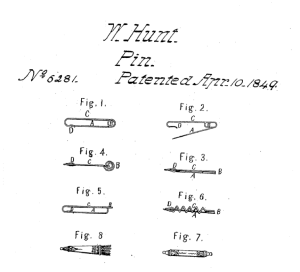Question from Michael.:
When did Li Tian die?
-Michael
Hi Michael –
I’m assuming you mean Li Tian, the monk who is most widely credited as the inventor of fireworks. I have to admit, you almost had me stumped on this one, but again, perseverance (or should I say need-to-know stubbornness) prevailed!
Some deeper research into the invention of fireworks led me to discover Li Tian, the inventor of fireworks, apparently lived from 601 AD to 690 AD. This was during the reign of Emperor Taizong (Li Shimin), first emperor of the Tang Dynasty. As the most popular legend goes, the Emperor’s prime minister had been haunted by the ghost of an evil dragon and Li Tian’s fireworks helped scare away the evil spirit.
What’s really interesting to me is the fact that these dates contradict some widely circulated information that Li Tian unveiled his invention during the Song Dynasty in the 10th century. But, knowing the legend includes the Emperor Taizong, and having historical record of his reign during the early half of the 7th century (he ruled from 621 until his death in 649 AD ), we know this simply cannot be true.
My best guess is the confusion comes from the fact that a temple in Li Tian’s honor was built in his home region during the Song Dynasty and somewhere along the lines this was mistranslated into being the time that he also lived.
More research into Li Tian’s hometown, the temple, and a local fireworks museum helped me confirm the facts. In the process, I also confirmed that April 18, a day where offerings are made to Li Tian and fireworks are set off in his honor, is purported to be the clever monk’s birthday.
Cheers to you, Michael! This was a tough one but it got me digging deeper into both the legend and the truth about fireworks!
Great question, hope you enjoyed the answer as much as I enjoyed seeking it out!
_tG
Ask the Geek, Get a Free Patent Mug
That’s right, if your question is chosen to be featured in our weekly “Invention Geek” column, we’ll send you a free one-of-a-kind patent mug custom pressed with a picture from your invention and the title of Honorary Invention Geek.
Got a pressing question about innovation history? Jump over to Ask the Invention Geek for details & an easy entry form!



